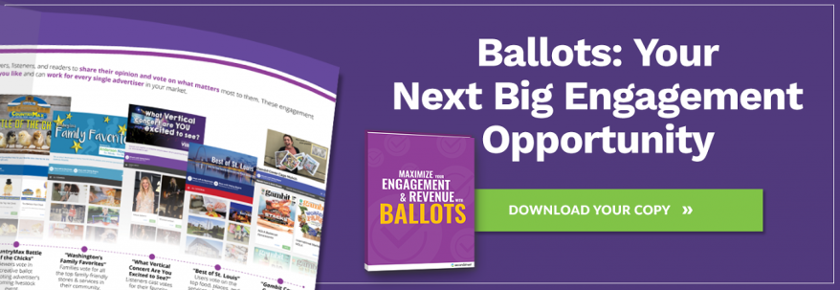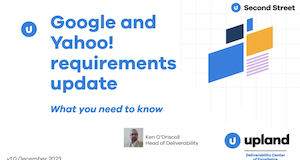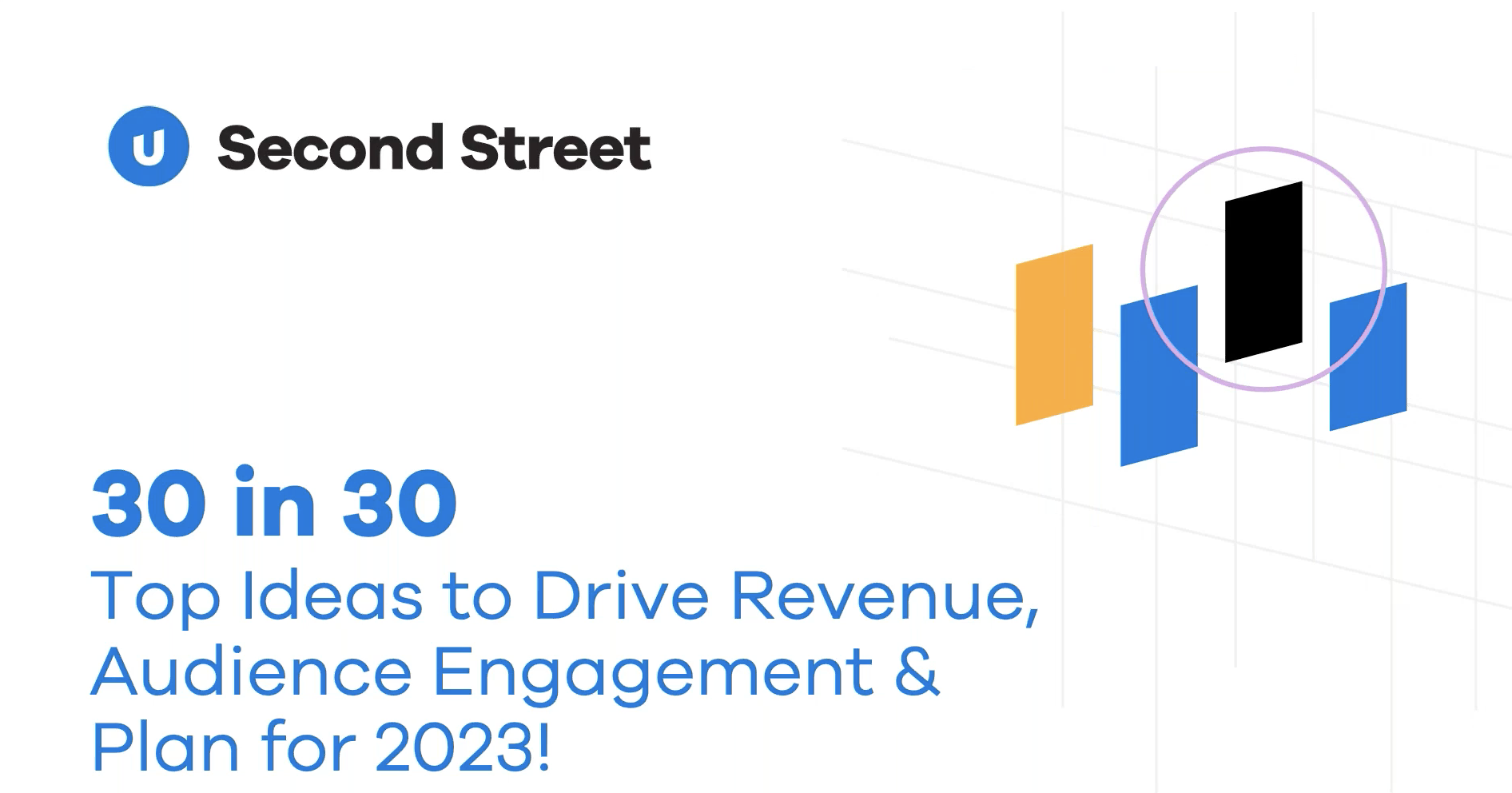It’s important your whole team understands that the value of structuring your ballot for optimal success.
Over the years, we’ve heard a lot of different reasons why organizations struggle with selling the ballot. We’ve gathered the five most common internal objections to changing the way ballots are structured – and many ways to respond based on feedback from some of our most successful ballot programs!
The responses here will help you convince everyone in your organization – whether audience development, content, sales, editorial, etc. – so you can run the best ballot possible.
“Why are we changing the way we’ve done this for years?”
Over time, you’re going to identify new and better ways to run your ballot. In fact, each year you should be considering how to do better than the year before. One of the biggest changes to implement is a three phase ballot. Check out these response suggestions:
- More opportunities for readers/listeners to participate
- Turn a short-term program into a year-long celebration
- More opportunities for sponsorship revenue
“If we raise the price, advertisers won’t buy it.”
The price of the sponsorship package is a direct result of its value. As your campaign grows and changes, your advertising packages must reflect that as well. If you’re met with this objection, see if these suggestions will help you craft your response:
- The previous packages we sold were only for the Winner’s Round. We have added Nomination and Voting Round advertising opportunities to the ballot this year.
- The previous pricing only reflected the previous audience – now we’ve added [more categories, digital, etc.] to reach a bigger audience.
- Expanding the package to include digital assets extends the reach of the campaign
- An increase to audience size adds value to the packages
- Advertisers will buy-in/participate if you explain the added value
“Why is it going all digital and no print voting?”
Change is always scary. That’s okay. But going exclusively digital will actually present a huge number of benefits not only for your audience but also for your media company. Here are some of our favorite responses to digital ballot objections:
- Digital is easier for the end user, due to its low barrier to entry
- Allows opportunity to collect valuable customer information to grow your email database
- It’s a time-saver for staff with fewer resources than ever
- Digital allows you to reach a much larger audience
- More opportunities for sponsorship revenue
“What if advertisers buy a package and don’t win?”
This happens, and it’s okay! We can’t all be winners. If someone on your team has this objection, share with them:
- What advertisers are buying is access to our audience, not votes.
- No where do we say buying something guarantees advancement in a round or a win.
- If the advertiser is upset, there are ways to make it right.
“It’s rigged! / Is this pay to play?”
This is one we hear from a lot of other departments concerned about whether this will question the validity of their ballot. You want your media company to be a trusted source of information – whether that’s an article you post, a link you share, or even a ballot people vote in. Being able to stand behind your product is key in delivering a response to your team:
- A third party vendor (like Second Street) keeps the integrity of your program in tact.
- There are precautions to protect against issues like voter fraud.

Change is hard, but everyone in your organization should be working towards running the best ballot possible. When you build an optimized ballot, you can drive tremendous results. Need some extra proof? See how the team in Chattanooga drove $630,000 from their citywide ballot!
Ready to get started with your ballot? Check out our guide for ballot best practices.






